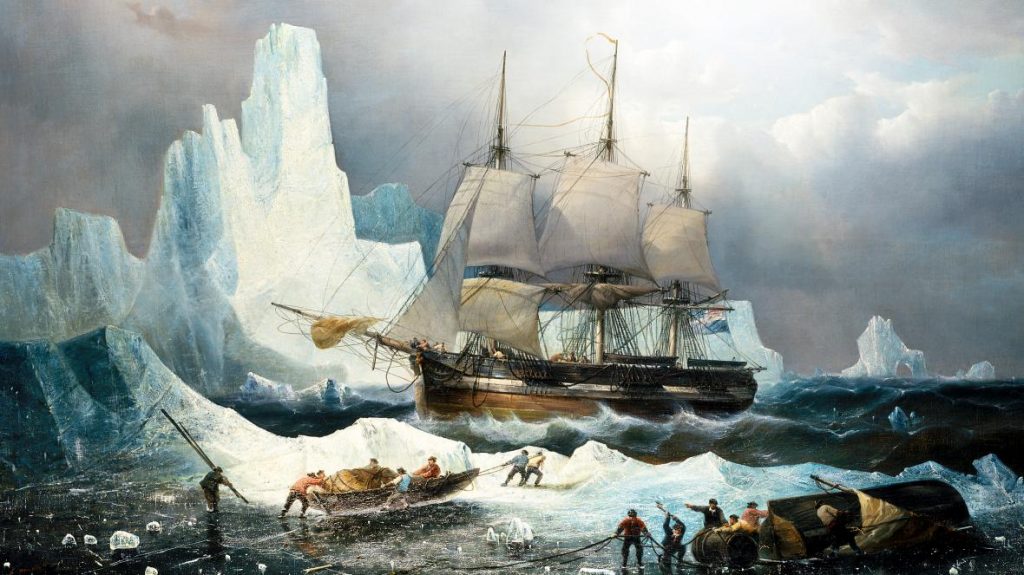
In 1845, Sir John Franklin, one of England’s greatest explorers and naval heroes, sailed from England on his third Arctic expedition with every hope of finally navigating the Arctic Circle in northern Canada from Baffin Bay on the east to the Beaufort Sea in the Arctic Ocean to the west.
The English ruled the waves but the waves from England to the riches of the Far East were a very long voyage, either around the tip of Africa or South America. The elusive Northwest Passage would shorten the journey by months and John Franklin was convinced he could find the way.
Unfortunately his two ships, the Erebus and Terror, and their crews of 120 men were last sighted by a whaling ship in Baffin Bay on July 28, 1845 and for decades thereafter the mystery of their disappearance and fate excited the imagination of the world and the adventurous. Expedition after expedition took their chances in the unforgiving Arctic climate and many more ships and men were lost in the effort to solve the mystery than were involved in the original expedition.

One reason so many were willing to risk their lives was the British Government’s obsession with finding the ships and men alive and, later, when it became apparent none had survived, the graves of the sailors especially that of Sir John Franklin and, if possible, the log books of ships.
Over the years much was discovered, including some equipment and artifacts from the ships, scattered graves and notes left by the crews as they struggled to find their way to safety from the icebound Terror and Erebus. Still much of the mystery remained unsolved and in the 1870’s Thomas Berry, the mate on a whaler, returned after a whaling expedition to the Arctic with a silver spoon and a tale. The spoon bore the family crest of John Franklin and the tale concerned its provenance- Barry claimed a native had given him the spoon and told him of a cairn in the deep arctic which contained the papers and logbooks of the ill fated expedition. Money was raised, contributions sought and a new expedition was formed to locate the cairn, collect the reward and gain everlasting fame. The expedition left New York Harbor June 19, 1878 in a small schooner which the papers described as the “Staunchest Vessel of Her Size” in American waters, the Eothen, built in Calais Maine.

The Departure of the Arctic-Searching Expedition. From the N. T. Commercial Advertiser, June 19, 1878
The departure of the schooner Eothen on her expedition in search of the relics of the Franklin expedition, took place this afternoon. The schooner having received her full supplies, was yesterday morning taken from the dock at the foot of Beckman Street, East River, and anchored off the Battery. The steamer William Fletcher shortly after noon today, left the Beckman Street wharf with a large number of guests on board, and proceeded to the anchorage of the Eothen. After transferring the searching party and the crew of the schooner, the Eothen was taken in tow by the Fletcher as far as Sandy Hook. The Eothen is a vessel of about 102 tons. She is four years old, built at Calais, Maine, and is said to be the staunchest vessel of her size in American waters. A short time ago she was put in thorough order for this expedition. She carries seventy five men. Thomas F. Barry, whose discovery of the spoons bearing Mr. John Franklin’s crest and some initials led to the present expedition, is in command. Lieutenant Frederick Schwatka of the Third United States Cavalry, is in command of the search party, which will work under Captain Barry’s instructions.Colonel W. H. Gilder, an officer of the volunteer service during the late Civil War, is second in command.
The following is a complete list of the officers of the searching party: Lieut. Schwatka, Col. Gilder, Joseph Eberbing (Esquimaux Joe) Henry W. Klutschbak, an Australian by birth and a civil engineer by profession and Francis Melrus. ‘Esquimaux Joe” accompanies the party as a trapper, hunter and guide.
The Eothen takes with her provisions for twenty-six months. Her stores consist of canned goods, Indian meal fruits, coffee, tea, chocolate, sugar, molasses, vinegar, and a large quantity of horse-radish as a preventive of scurvy.
The New York Times, while lauding the purpose of the expedition, described the ship’s sendoff with a bit of editorial pique. After noting a long list of dignitaries and celebrities in attendance the Times disapproved of refreshments and lack of amenities afforded the distinguished guests:
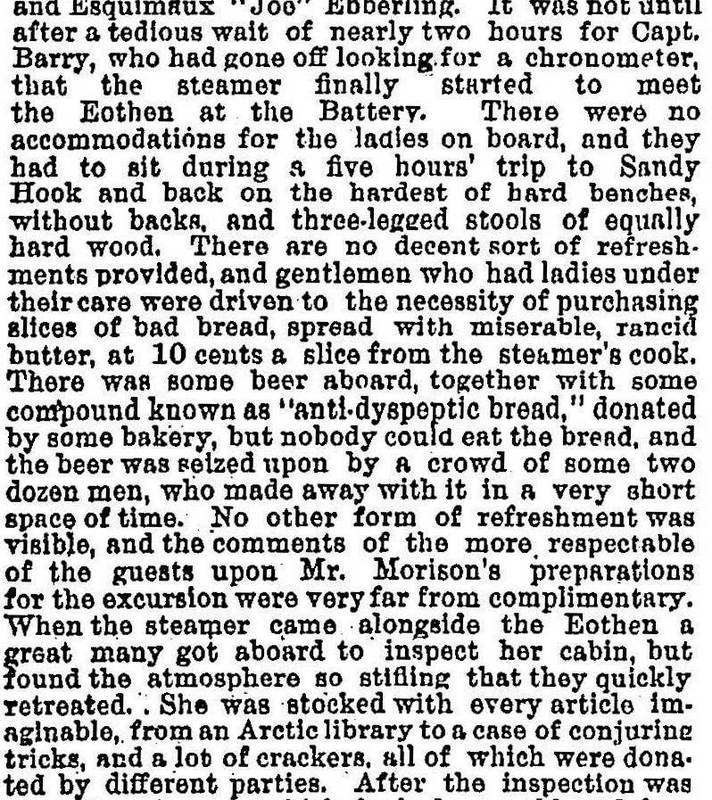

The leader of the expedition search party was Lt. Frederick Schwatka of the Third U.S. Cavalry, an adventurer and explorer of some historical significance. The search party was to be put ashore by the Eothen as close as possible to the claimed location of the cairn containing the ship’s documents. The Captain of the Eothen was the same whaler, Thomas Berry, who had been given, he claimed, the Franklin spoon and account of the cairn containing the documents so long sought after by the English.
Schwatka was to soon have reason to doubt Mr. Berry as his account was not confirmed by the natives after the expedition had been put ashore to begin it’s trek across the ice. It was later alleged, probably correctly, that Berry had stolen the spoon from Captain Potter, another whaler who had been given four spoons by a native only to have one mysteriously disappear under circumstances which pointed to Berry as the culprit. This was confirmed to Schwatka by an Inuit who was present when the spoons were given to Captain Potter.
Nonetheless the expedition struck out across the ice and traveled over 3000 miles in a year long trek with limited success other than setting a record for the longest dogsled journey over the Arctic ice fields. They discovered the grave of one of the ship’s officers and some other artifacts but not the documents they sought. They did not return to shore until 1880 when they were shocked to find the Eothen and Captain Barry had left them stranded in the Arctic without provisions. They were eventually rescued by another whaler.
October 1 1880- The Republican Record, Fort Scott Kansas
Return of a Sir John Franklin Search Party to New Bedford. Boston, Mass., September 23.
The bark George and Mary, Captain Baker, has just arrived at New Bedford from Hudson’s Strait, bearing news from the Arctic regions. The Franklin search party, under Lieutenant Frederick Schwatka, U. S. A., are passengers on board the George and Mary, and have been the recipients of much kindness from Captain Baker and his subordinate officers and men. After returning to Depot Island, from a sledge journey of over 3,000 miles, occupying eleven months and four days, they were reduced to the verge of starvation through the rascality of Captain Thomas F. Barry, of the whaling schooner Eothen, of New York, who stole their remaining provisions to fit out his vessel for an additional whaling voyage. Had it not been for the timely aid offered by Captain Baker they would have suffered extremely, as the native Esquimaux with whom they were living were short of provisions and had been reduced to the necessity of eating some of their dogs on two previous occasions during the winter while on King William Land and in its immediate vicinity. During the summer of 1879 Lieutenant Schwatka’s party established the fact that the precious records of Sir John Franklin’s expedition, which perished there in the year 1848, were entirely destroyed by the Notchillik Esquimaux, who found them in a sealed tin box, which they broke open and whose contents they scattered to the winds more than thirty years ago. The party have secured many interesting and valuable relics and identified the remains of Lieutenant John Irving, third officer of the Terror, by a silver prize medal awarded to him by the Royal Naval College in 1830, which they found in his opened grave.
While the expedition was not a great success it was important nonetheless in establishing that non natives could endure the Arctic climate for long periods of time by adopting a native diet and customs. Further, the many expeditions seeking Franklin’s ships had resulted in the mapping of the Arctic Circle decades sooner than would have happened otherwise. As to Captain Barry he was fired by the Eothen’s owner for dishonesty and abandoning the search party.
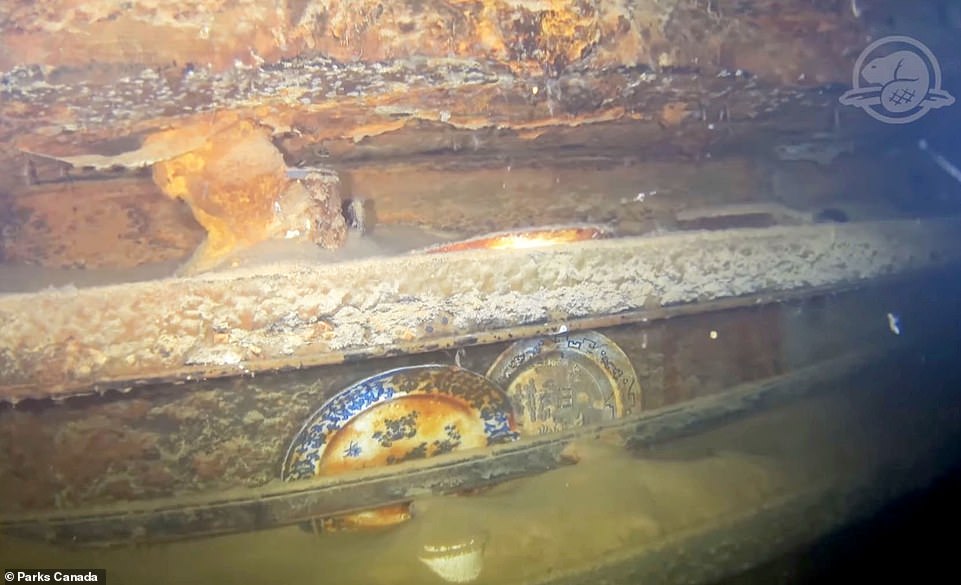
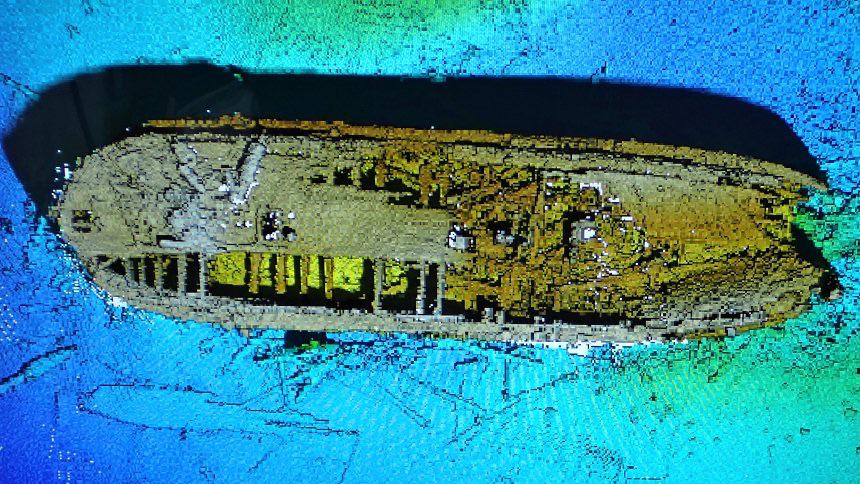
In September 2014, an expedition led by Parks Canada discovered the wreck of HMS Erebus in an area that had been identified by Inuit. Two years later the wreck of HMS Terror was located. Both locations are now owned by Parks Canada and designated National Historic Sites although they cannot yet be visited. The ships are in remarkably good condition given their age and divers have recovered hundreds of artifacts from the sites.
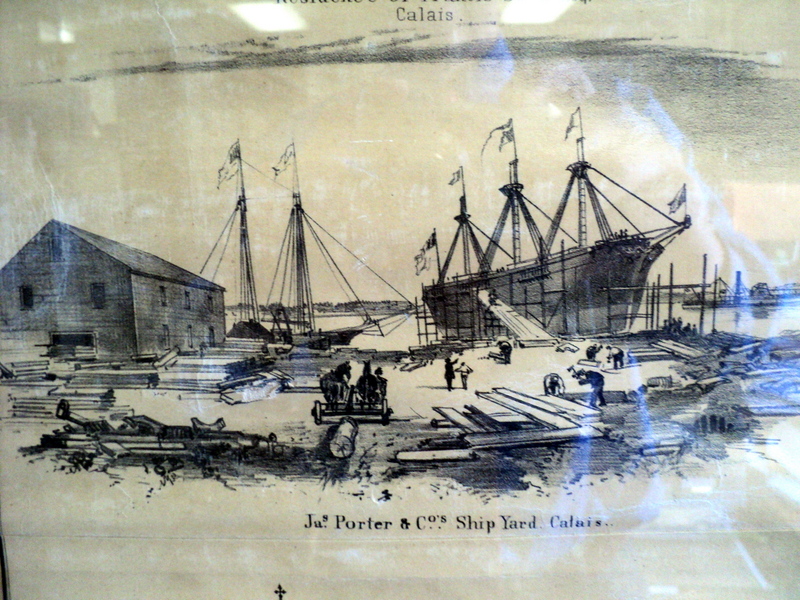
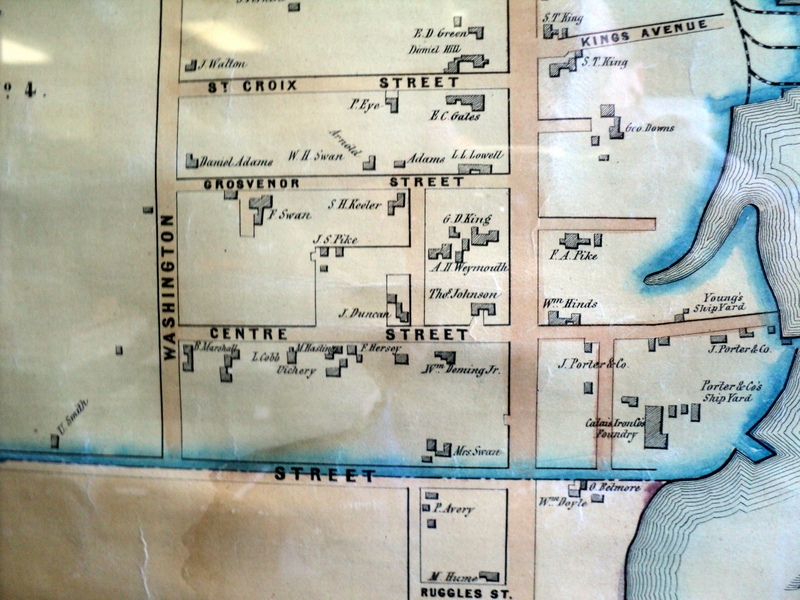
Although the Eothen was somewhat disgraced by the conduct of its captain, it nonetheless was an important part of an expedition which at the time was considered to have great promise.
We have been unable to determine which shipyard in Calais built the ship. The newspaper reports of 1878 were far off the mark as to the date of the Eothen’s construction – it was built in Calais in 1860. The shipyard most likely to have built the Eothen was Porter’s seen above in a drawing. The 1861 map of Calais shows the Porter shipyard at the bottom of Barker Street, then Centre Street where the Dead River offices are now located.
We know little of the fate of the Eothen after its 1878 journey to the Arctic but it is likely it continued to ply the Arctic’s frigid waters for years on whaling expeditions. While many great ships were built in Calais, some world famous for speed and size the little schooner Eothen deserves to be remembered as once “The Staunchest Vessel of Her Size” in American waters.
